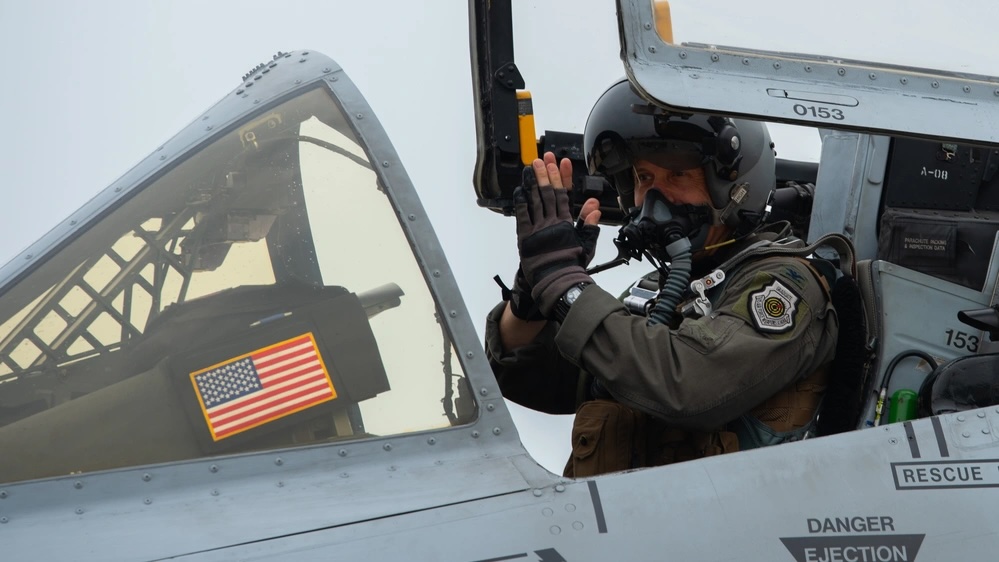The Space Force is canceling a competition to build new satellites for jam-resistant tactical communications, instead choosing to focus on operationalizing two prototypes it plans to launch next year as part of a new, “innovative” approach intended to accelerate getting new tech into operation as quickly as possible.
Space Systems Command announced the change, cancelling the planned $2 billion Protected Tactical SATCOM-Resilient, or PTS-R, program, which had aimed to build on the Space Force’s existing Wideband Global SATCOM constellation. In 2021, the Space Force awarded prototype contracts to Northrop Grumman and Boeing as a preliminary step to PTS-R.
Now Space Systems Command is changing again, this time to focus on “implementing faster and more robust capabilities, including bringing PTS-P prototypes into operation as quickly as possible.”
“We have initiated a new approach to bound cost and technical risk while rapidly delivering incremental capability,” said Cordell DeLaPena Jr., program executive officer for military communications and positioning, navigation, and timing, in a statement. “The benefits of this innovative approach include saving near-term costs by utilizing lower cost-risk contracts, and providing incremental capabilities faster by operationalizing current PTS-Prototype satellite capabilities after they launch next year.”
Northrop’s PTS-P payload is being integrated onto one of the company’s ESPAStar buses, while Boeing’s is being added to the forthcoming WGS-11 satellite. The planned launches for those satellites would slip from 2025 into 2026, according to DeLaPena and budget documents.
PTS-G (for Global), a new program introduced in the 2025 budget cycle, will continue as a separate line item. So will other tactical SATCOM programs, the Space Force said in a release.
In its fiscal 2025 budget request, the Space Force outlined plans to spend more than $2.1 billion in the next five years on the combined PTS-P and PTS-R effort, with the PTS-P part winding down and PTS-R ramping up. And even in the recently released fiscal 2026 budget request, the service included $273 million for PTS-R and described plans to award a contract and conduct work ahead of a planned launch in fiscal 2031.
PTS-G is also in the 2026 budget request, funded to the tune of $239 million with plans to award contracts for up to four satellites next year.
The service is still working on the ground system to accompany the new PTS systems, called the Protected Tactical Enterprise Service.
